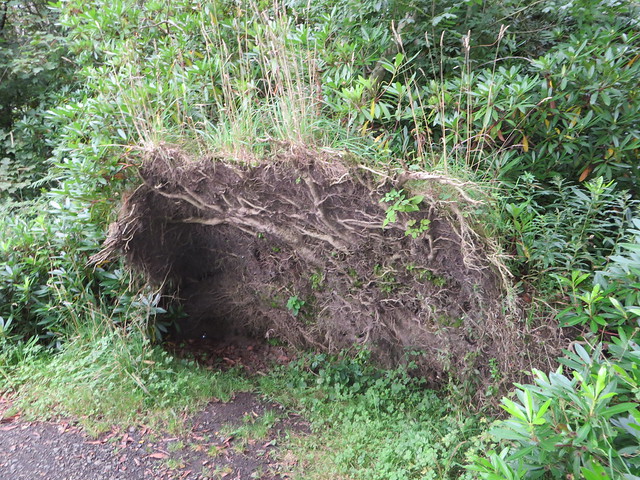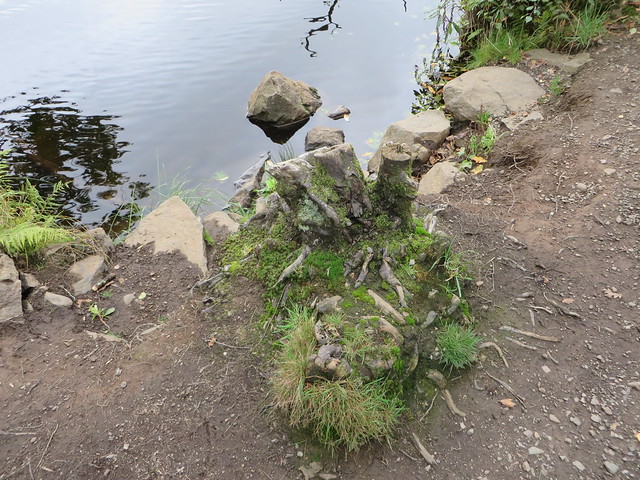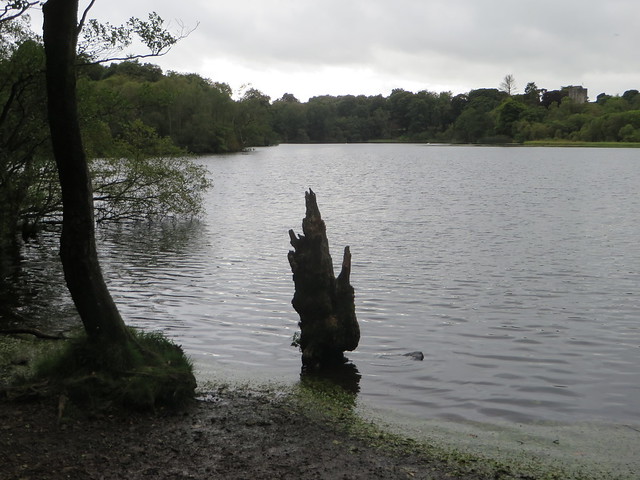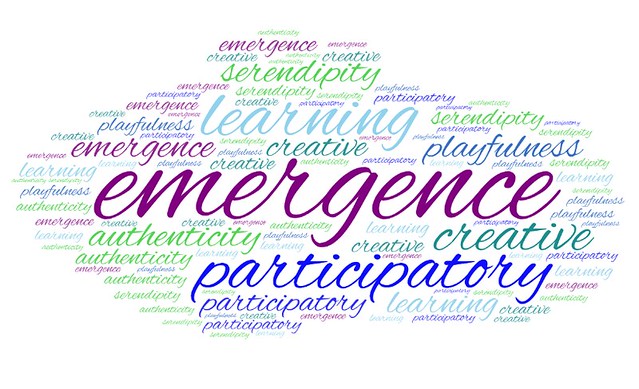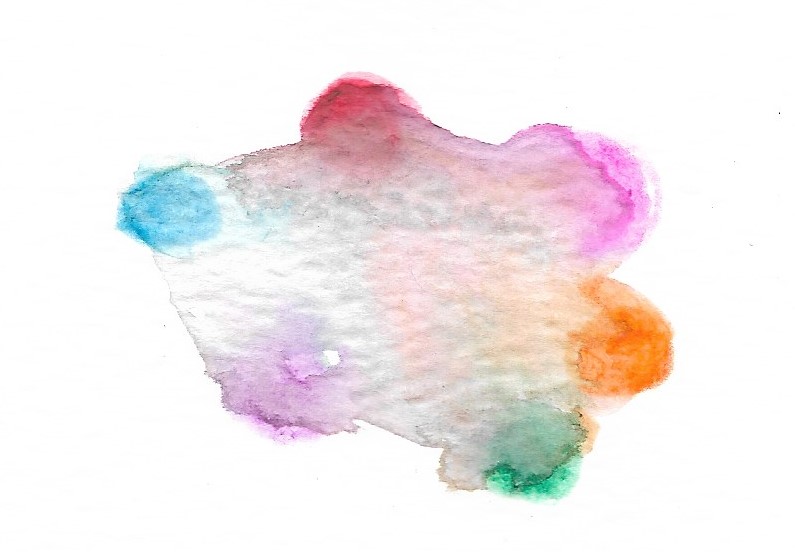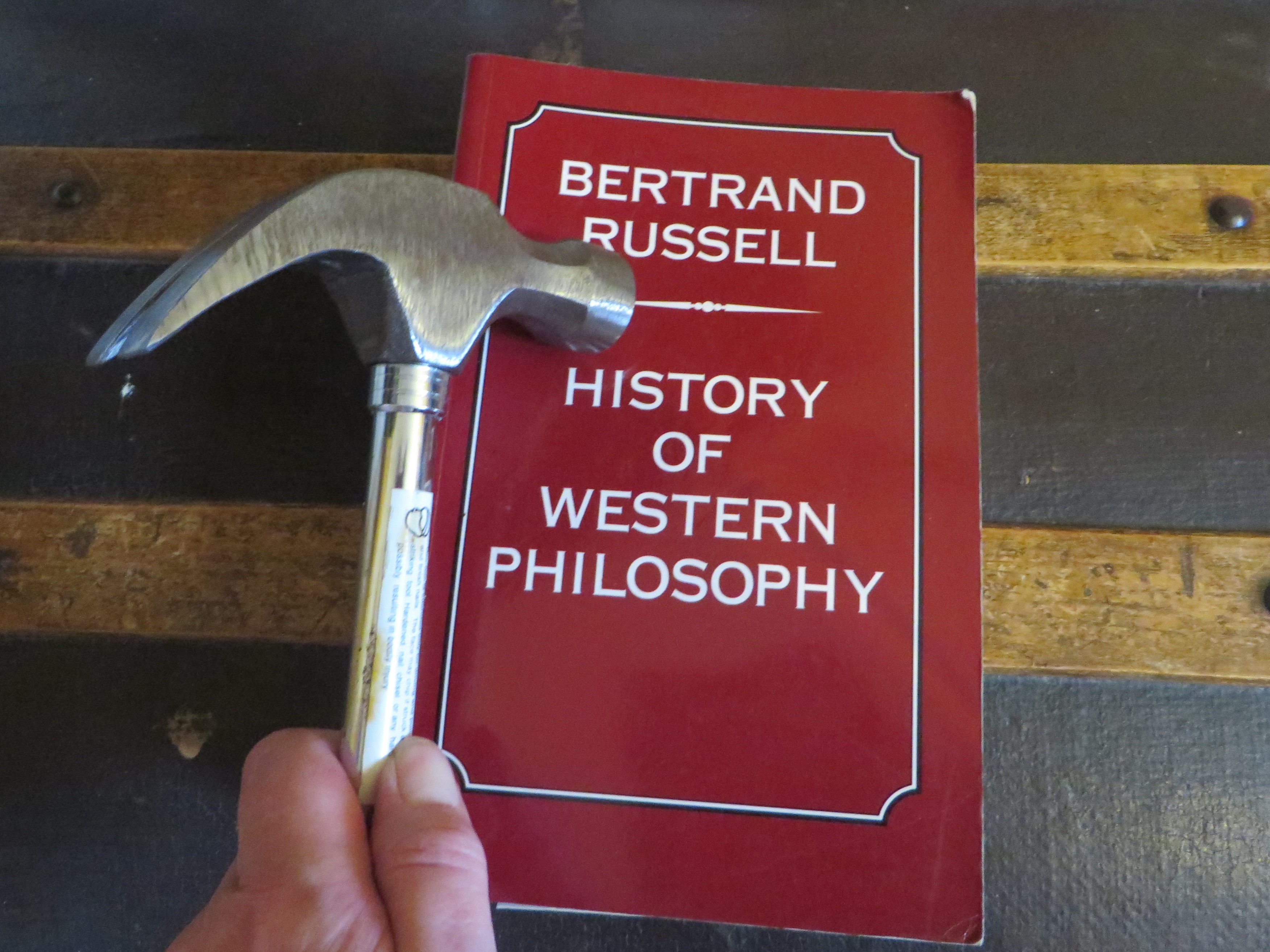I started my blog on 17th July 2012, originally as a WordPress.com hosted site. I blogged sporadically about conferences I’d attended, bits of philosophy that interested me (at the time I was a tutor in Philosophy as well as a learning technologist) and other random thoughts. Looking back at it in order to write this post I can see that right from the beginning I was using this as a way to find my voice and sort out my thoughts.
On Feb 16th 2016 I moved my blog over to one of N’s servers with a .co.uk url, with his help, and I’ve had the same ‘self-hosted’* blog since then, still using WordPress – and still using the Twenty Ten theme because I like it.
* I say ‘self’ as it’s not me that does any of it – N sorts out all of the hosting for me.
In 2014 my love of Deleuze and Guattari* and their writings about rhizomes led me to sign up for a ‘course’ that Dave Cormier was hosting called Rhizomatic Learning – The community is the curriculum – or #rhizo14 as we called it (as that was the hashtag that we used for this event).
* The name of my blog, and my name across social media, comes from a concept from D&G.
Rhizo14 gave me a community to bounce ideas off, and with, and helped me to really kick start my blogging into a regular practice. During the event we had various different places across social media where we chatted – a Facebook group, a Twitter hashtag and a G+ group, but no one central place. My blog gave me somewhere that I could curate my conversations and know that I’d be able to find them again later. It was also good for writing long form posts that I could take my time over.
Through the people I met during rhizo14 and rhizo 15 (the second iteration of the event) I was introduced to another community called Connected Learning Massive(ly) Open Online Collaboration CLMOOC, who at the time were running annual CPD summer courses which I participated in for the first time in June 2015. In 2016 I answered a call for volunteers to help run the 2016 run of the summer course and I became a part of the core facilitation team. These events ran with a combination of Google Drive, a WordPress blog and a newsletter, with a lot of conversation happening over G+ and Twitter. Participants were encouraged to use their personal blogs to curate their activities and share these with others, as I do on mine. Later I also decided to use this community as the basis for my PhD The emergence of participatory learning: authenticity, serendipity and creative playfulness. My supervisor appreciated my use of blogging for reflective writing and encouraged me to use my blog as a way of talking about my research, and this helped me to make my research more participatory because I could write about my tentative findings and ask the community to validate them. This also made me think a LOT about the ethics of participatory and open research.
During the pandemic I found it pretty hard to keep publishing my own blog posts as well as supporting others at my institution, so I started posting my weekly #SilentSunday photos as a way of maintaining some sort of posting presence – I am currently up to number 126 of these. That meant that when I did have the head space to start writing blog posts again it didn’t feel like resurrecting a dead place.
I don’t usually get huge numbers of people reading my blog, though there are sometimes spikes, so recently I was a little surprised to get a notification telling me that my blog was getting a lot of hits. When I checked I found out that these were related to one recent blog post. I’d taken a quick photo of some street art as I walked through Glasgow one day, and posted it with the title A Glasgow Banksy. It must have been posted on social media somewhere, because a few days after I had published it I started getting over 1,000 visits a day to that post for a few days. So that might be my five minutes of blogging fame.
Through the rhizos and CLMOOC, and particularly thanks to my friend Ron Leunissen, I was introduced to #DS106 and the Daily Create. As it says on its web pages, The Daily Create is a “space for regular practice of spontaneous creativity”. Every day at 5am EST a new challenge (Today’s Daily Create – TDC) is posted on a WordPress blog thanks to the technical wizardry of Alan Levine. This might be a visual challenge asking you to share a photo you’ve taken or photo edit one that is shared. Maybe you’ll be asked to write a poem or a story, produce a video or make a gif. Often the prompt just asks you to respond in a creative way without stipulating a medium. And, even if the prompt does indicate a specific medium you don’t have to comply – it’s up to you what you do (or don’t) do. Some people complete the TDC every day, others dip in and out from time to time. There’s no prizes, and no sanctions. The only rule is to MAKE ART, DAMMIT!
After lurking for a while I completed my first TDC on March 16th 2016, and have done this every day since November 22nd 2017 – that’s 2702 consecutive days so far. In 2018 (I think?) I answered a call to help behind the scenes, and I’ve been doing that on and off since then (and a lot more on than off recently). It’s not as hard as it sounds – a few of us submit ideas for the daily create and we make sure that there’s always about a week’s worth in the queue – either new ones that have been submitted or reposts of earlier ones (with over 4800 already published there’s a lot of really good ideas to reuse and I really enjoy using the random search facility to find these). I also find that this triggers the creative part of my brain in another way – as I am going about my life on the internet I often get an idea for a TDC which I submit to the drafts folder to queue up later.
As well as my own blog, I also look after two for my Uni and I run sessions to support colleagues who would like to try out blogging in an academic context. Our SoTL blog now has an editorial team to help us, but at the moment it’s just me looking after our Good Practice one. I try to encourage people to send me posts, and I wish I had more time to spend on it. That’s a project for future me.
As for my own blogging – I miss writing long form blog posts and I need to carve out some reflective time to do that. I do have a couple of posts that are bubbling away at the moment, and having this #blogging4life initiative has been fantastic for reminding me to get back to my own writing out loud. It’s nice to feel part of a community of bloggers.


